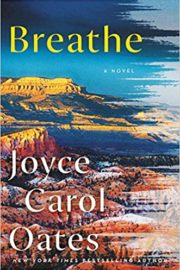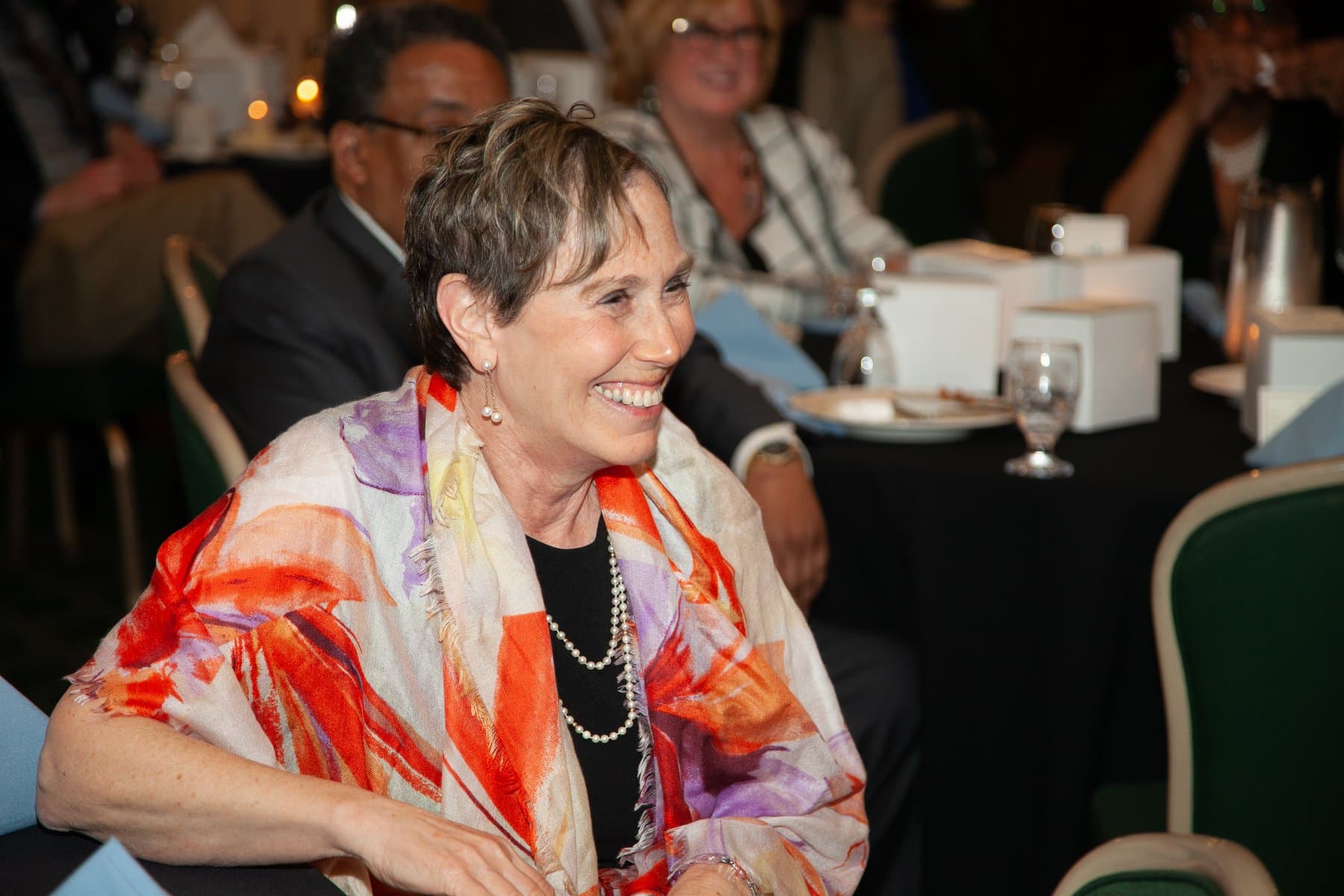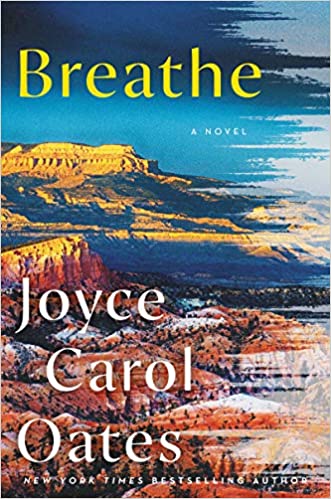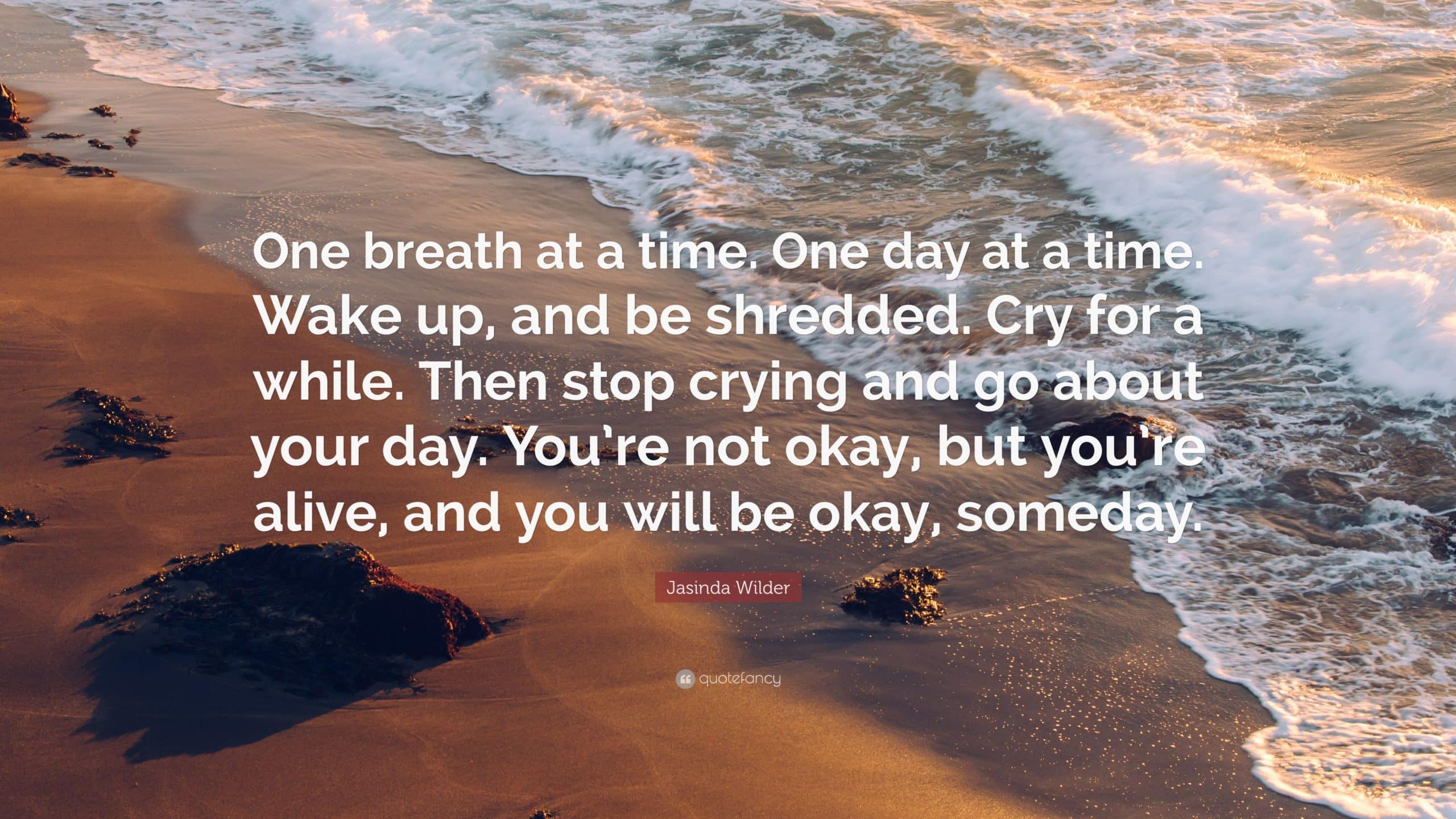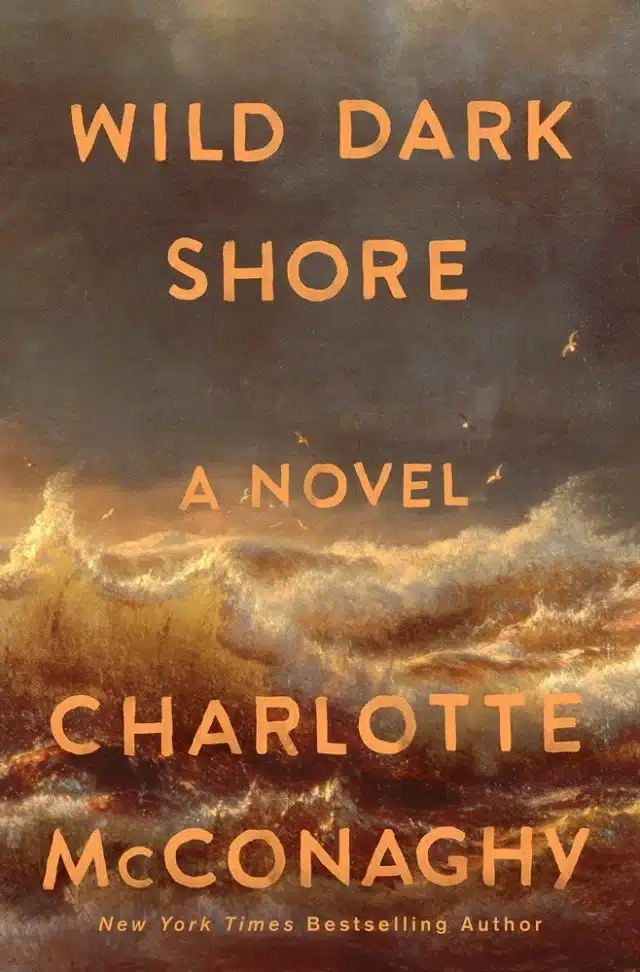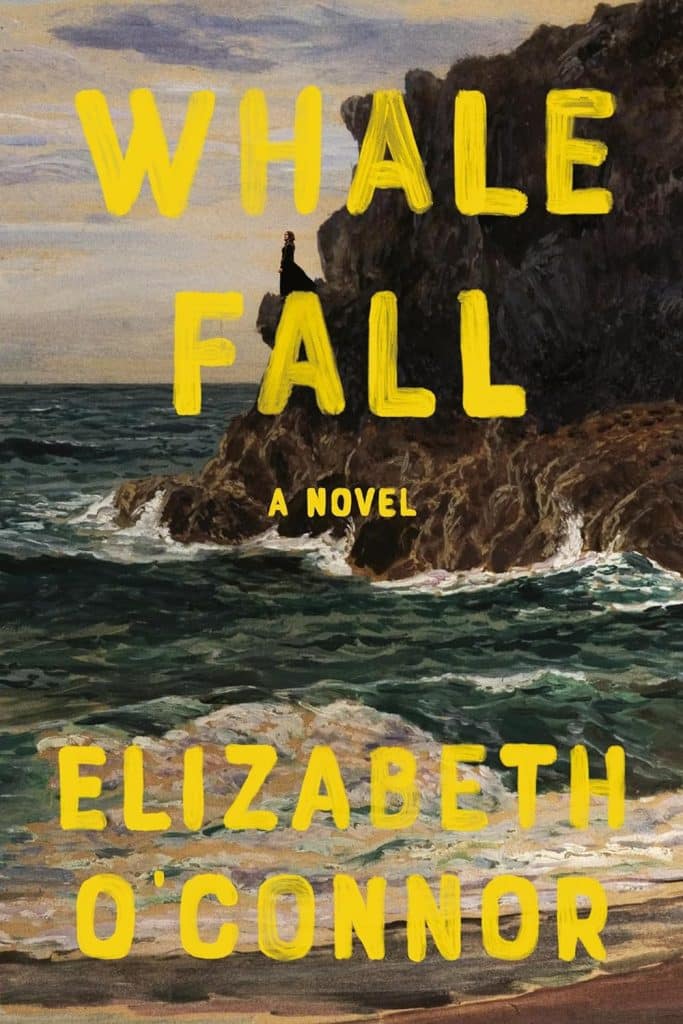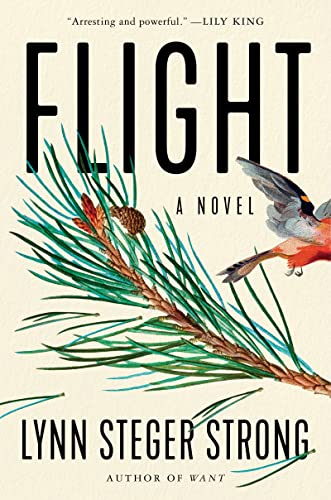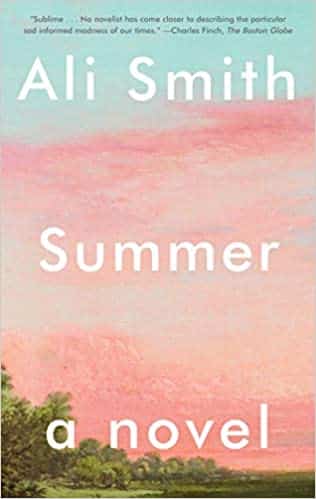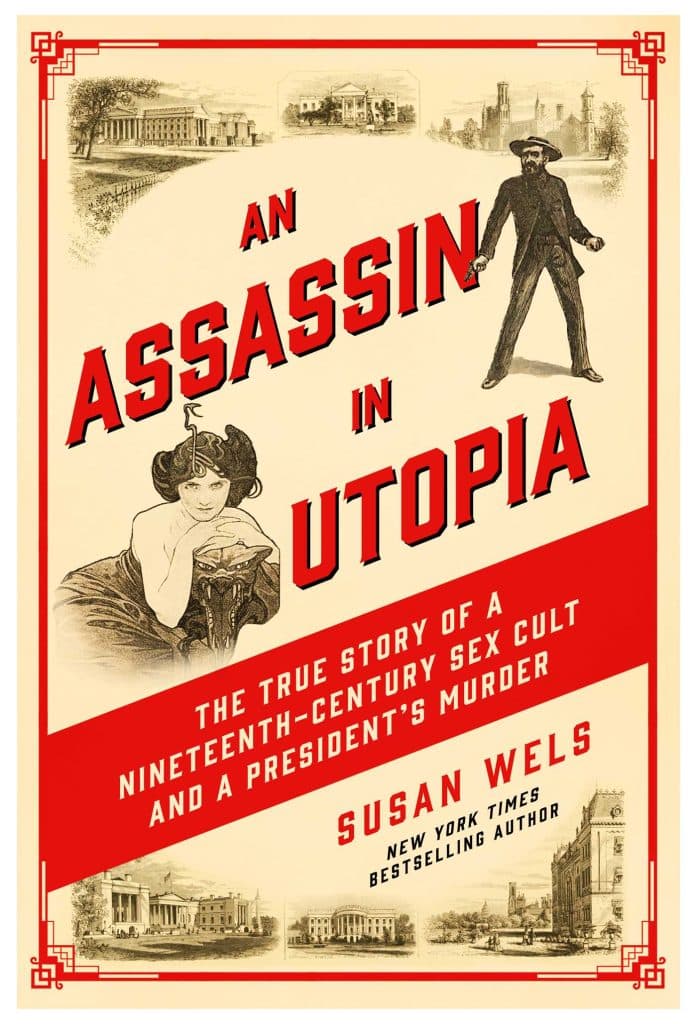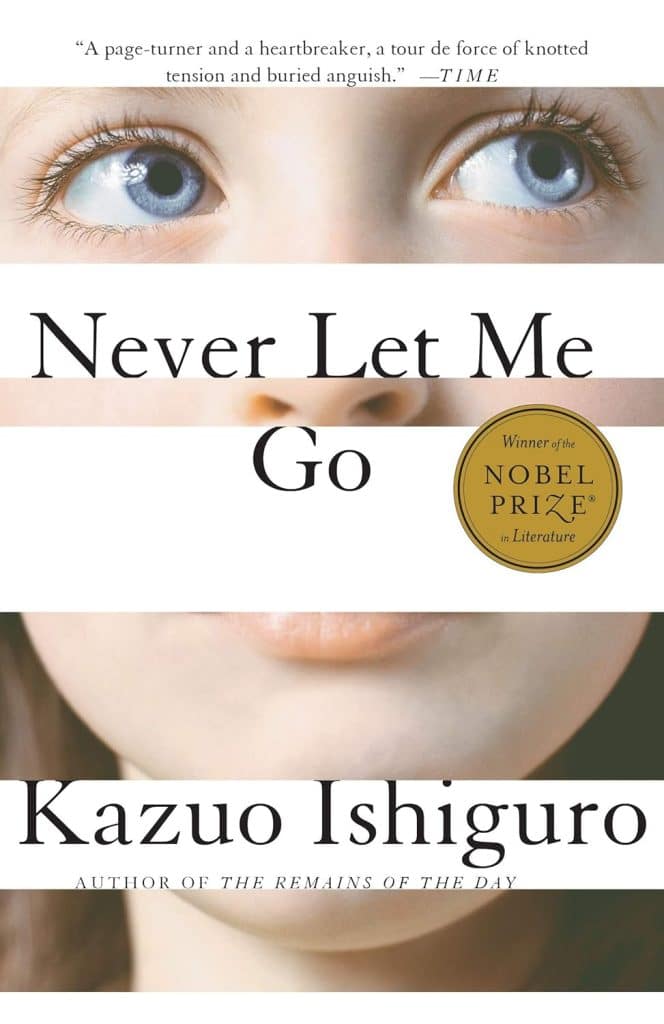Reading Breathe by Joyce Carol Oates was a book I knew I needed to read once Jan was diagnosed. Despite the possibility that the book would trigger negative memories, I finally read Breathe. It was what I needed to read at this point in my journey. Ms. Oates wrote the book in 2019 after her husband, Charlie Gross, died. The novel is a story of love, loss, and loneliness. These are topics that I write about on this blog.

One Breath at a Time!
Estimated reading time: 1 minute, 31 seconds When we heard Jan was coming home for hospice, I thought I was living on the edge of a precipice.
When we heard Jan was coming home for hospice, I thought I was living on the edge of a precipice.
I thought I was living one moment at a time.
But I have learned life’s lesson that it is truly living one breath at a time.
I was reminded of this by reading Joyce Carol Oates‘s book Breathe, about her experience after the unexpected death of her second husband, Charlie Gross.
The importance of that lesson was reinforced when I read the latest edition of her newsletter, Joyce Carol Oates: A Writer’s Journal!
The issue focused on her relationship with Gloria Vanderbilt.
When my husband of forty-six years Raymond Smith passed away unexpectedly in February 2008, my dear friend Gloria Vanderbilt came to see me in Princeton. Gloria offered me both emotional solace and the most incisive wisdom: “One breath at a time, Joyce. One breath at a time.” Our friendship was forged as fellow artists: sister-artists, one might say. And so of course the artist is one who concentrates. “One breath at a time.”
As I mourn Jan and build a new life, I breathe one breath at a time.
A final lesson Ms. Oates learned from Ms. Vanderbildt was that “the secret to a long and happy life is simple: always be in love.”
In this new phase of my life, the love Jan and I shared is all that matters, and it will never die!
The Jan Lilien Education Fund sponsors ongoing sustainability and environmental awareness programs. Gifts made this month; I will match dollar-for-dollar. All donations are tax-deductible.
I receive a commission when you buy a book or product using a link on this page. Thank you for supporting Sharing Jan’s Love blog.
